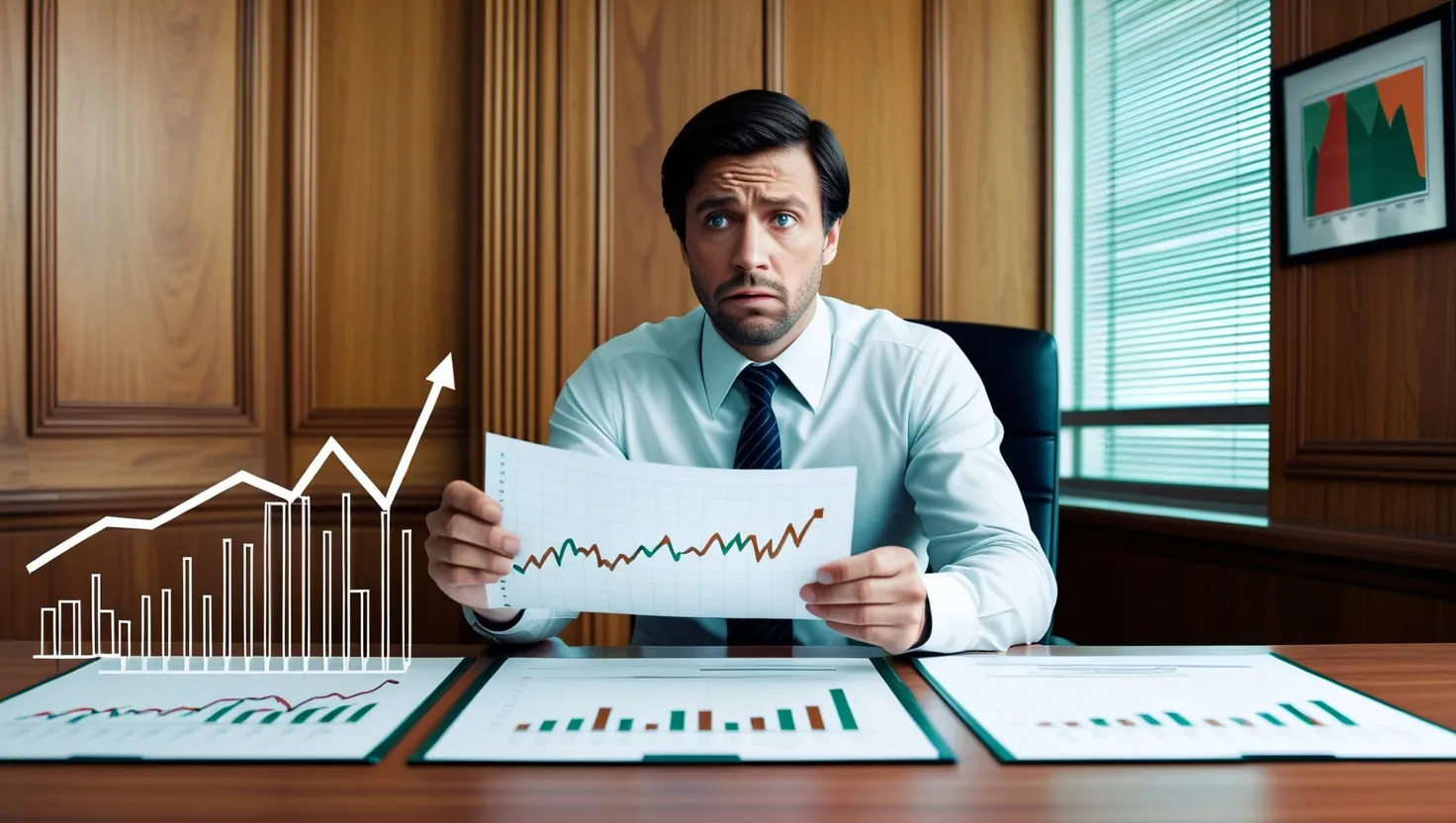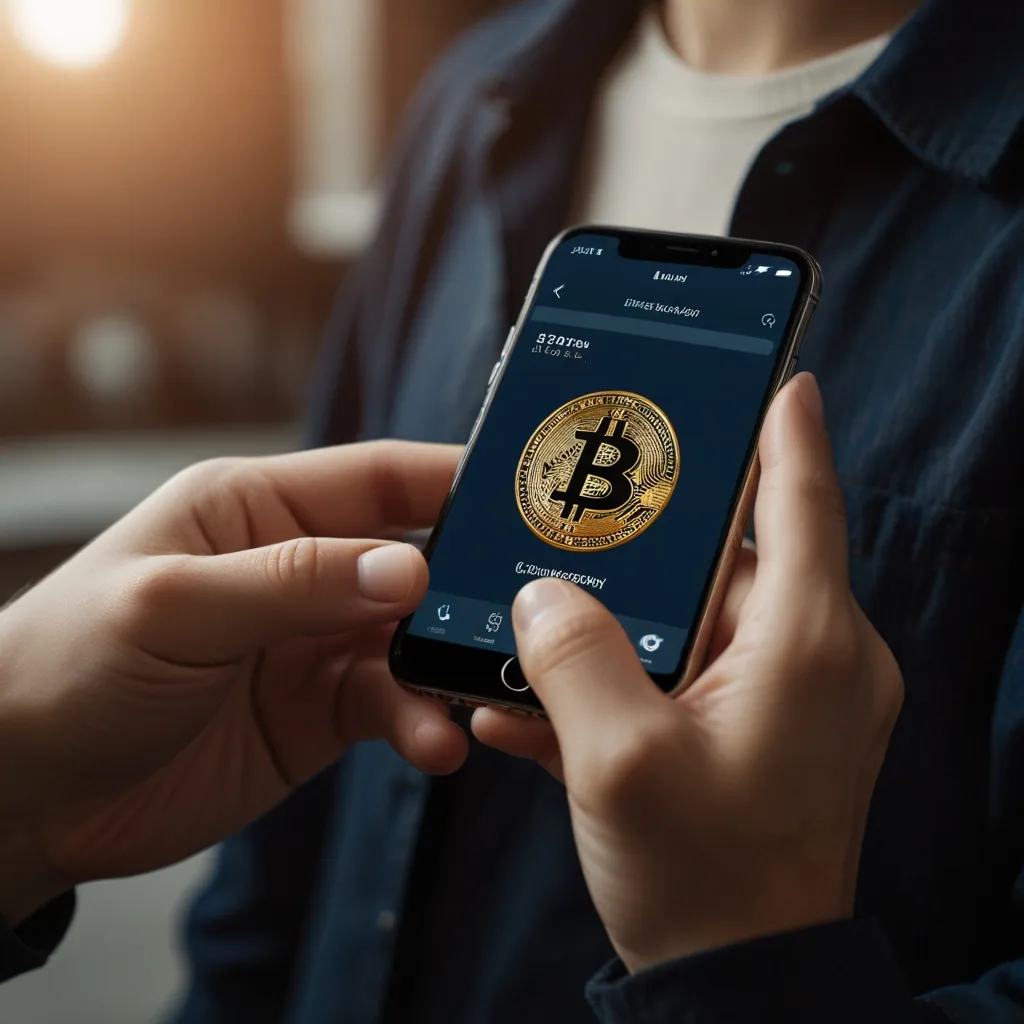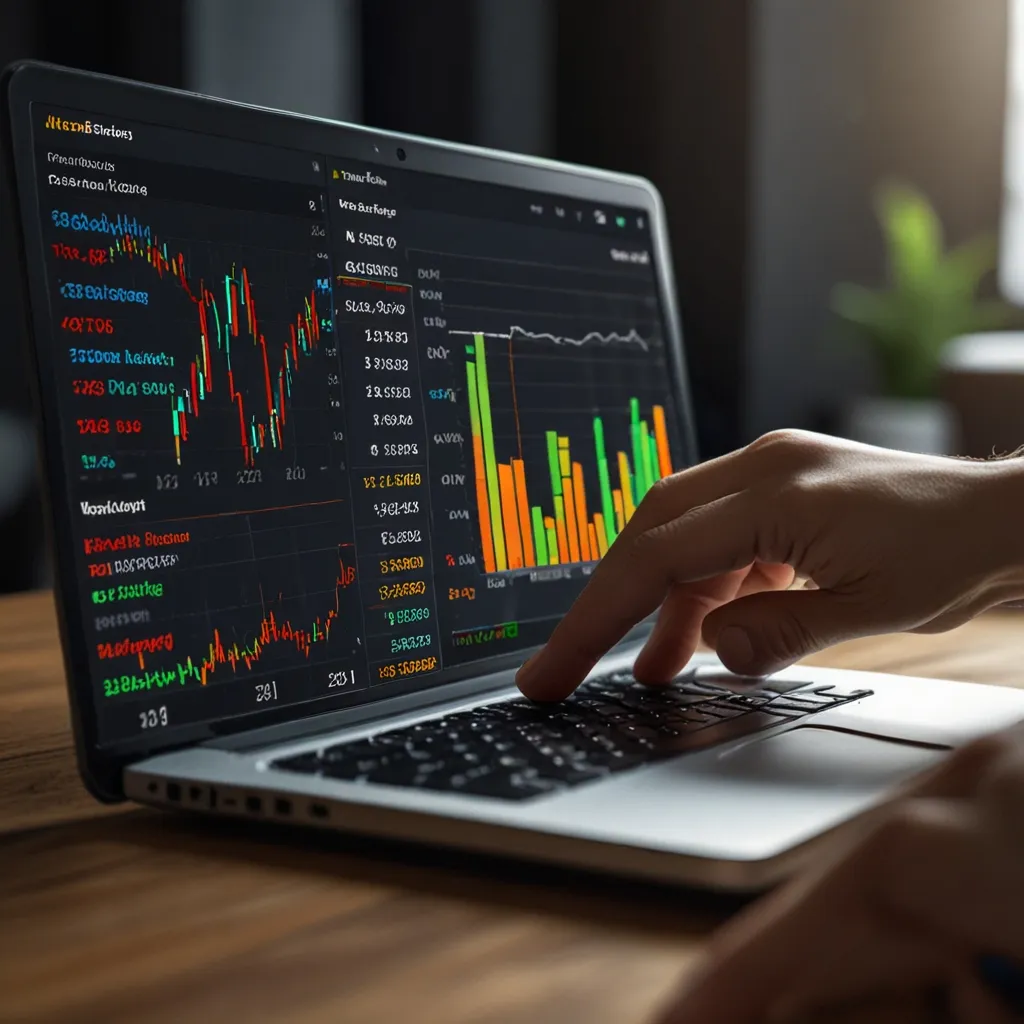Let’s revisit the Great Inflation—that almost two-decade stretch from the mid-1960s into the early 1980s—when prices went berserk, pocketbooks got squeezed, and economic doctrines were upended. Most of us know it as a time of gas lines, bell-bottoms, and skyrocketing interest rates. But look closer, and you’ll find a story richer and more surprising than the usual “inflation is bad” headlines. The Great Inflation didn’t just mess with people’s budgets; it forced a complete overhaul in how central banks think, act, and communicate with the public. Its fingerprints are all over the way your mortgage rate is set, your retirement plan is managed, and the headlines you see today when inflation makes a comeback.
Remember the 1970s, and you might recall a sense that things weren’t just expensive—they were unpredictable. Prices jumped not just once, but again and again, and people started to believe this would never end. That, by the way, is the real poison of inflation: not the numbers themselves, but the expectations they plant in everyone’s mind. Businesses, workers, shoppers—all began making decisions based on the fear that tomorrow’s paycheck might buy less than today’s. This shift in psychology was subtle at first, but it became the engine that kept inflation running even when the initial shocks had faded.
Think for a second: Why did economists and policymakers get it so wrong? In the 1960s, many believed in the Phillips Curve—the idea that you could trade a bit more inflation for a bit less unemployment. It sounded elegant, almost mathematical in its balance. If unemployment was too high, you’d nudge the economy, let prices rise a little, and jobs would follow. But the 1970s broke that illusion. Prices and joblessness climbed together, a phenomenon so jarring it needed a new name: stagflation. Suddenly, the old playbooks were useless. The economy wasn’t responding to the controls, and no one knew exactly why.
“Inflation is as violent as a mugger, as frightening as an armed robber and as deadly as a hit man.”
—Ronald Reagan
What did people do as confidence in government and central banks eroded? Shopper habits changed—people bought now, fearing higher prices tomorrow. Savers watched their nest eggs shrink in real terms, even if the numbers on their statements stayed the same. Workers demanded cost-of-living increases, which bosses passed on as higher prices, and the spiral twisted tighter. No one felt ahead, and everyone felt at risk. This wasn’t just an economic event—it was a cultural reset, a loss of faith in the idea that policymakers had the answers.
Let’s talk about the tools they tried—some downright odd by today’s standards. Wage and price controls, for instance, were rolled out in the early 1970s, freezing what you could charge for a loaf of bread or an hour of labor. It didn’t work. Shortages popped up everywhere, especially for things people really needed, like food and fuel. When controls were lifted, prices didn’t just bounce back—they shot past where they’d been, like a coiled spring. Another idea was the Whip Inflation Now (WIN) campaign—buttons, slogans, and voluntary pledges to spend less. That didn’t work either. The economy wasn’t listening to slogans.
So what finally turned the tide? In 1979, with inflation deep in double digits, the Federal Reserve, led by Paul Volcker, decided enough was enough. Volcker and his team took interest rates to the moon—the federal funds rate hit 20% at one point. It was painful. Mortgages became unaffordable. Businesses couldn’t borrow. Unemployment soared. But it worked. Inflation, which had felt unstoppable, began to retreat. This wasn’t just a policy move; it was a cultural shock, a demonstration that the Fed was serious about killing inflation, no matter the short-term cost.
“The illusion that unlimited growth is possible has been shattered.” —Eugene V. Debs
But here’s the twist: The real lesson wasn’t about interest rates. It was about credibility. The public had stopped believing the Fed could or would control inflation. Until Volcker’s shock therapy, most people just assumed prices would keep climbing. By accepting severe pain to restore price stability, the Fed rebuilt its credibility. Today, central banks don’t just act—they talk. They telegraph their moves, explain their reasoning, and sometimes overcommunicate, all to shape those all-important expectations. The Great Inflation taught them that if people believe in the central bank’s commitment to low inflation, the bank’s job gets a whole lot easier.
Let’s step back and ask: What did this era do to money itself? Trust in the dollar eroded. For a while, it looked like the greenback might lose its place as the world’s reserve currency. Gold, real estate, even art and collectibles—anything tangible—became a refuge for terrified investors. Stocks and bonds, the conventional choices, got crushed in real terms. People who’d played by the old rules felt swindled, and new strategies bubbled up in response.
So, what does this have to do with us today? Plenty. The ghosts of the 1970s walk whenever inflation flares up. The recent bout of high prices—thanks to supply chain chaos, energy spikes, and government spending—has direct echoes of that earlier era. But there’s a difference: This time, the Fed moved fast and talked tough. They learned the hard way that letting inflation linger is a recipe for disaster. And investors, burnt by the last round, are quicker to hedge bets, spread assets around, and keep an eye on what central bankers say—not just what they do.
But let’s not oversimplify. The Great Inflation wasn’t just about monetary policy mistakes. It was a failure of ideas. For decades, policymakers had operated on the belief that inflation was something that happened to the economy, not something they could control. By the 1980s, the new orthodoxy was clear: central banks could—and must—steer inflation directly, even if it meant short-term pain. The old focus on jobs first, prices second, had flipped. Today, price stability is the bedrock, and everything else builds on that.
“Those who cannot remember the past are condemned to repeat it.”
—George Santayana
Here’s a question to chew on: Could we see a return to the 1970s? Probably not in the same way. Central banks are more independent now, more transparent, and more aware of the risks. But the root causes—supply shocks, overheated demand, loose policy—can still converge. And the psychological factor, that lingering fear of inflation, never really goes away. It just sleeps, waiting for the next alarm.
What’s less talked about is how the Great Inflation changed not just policy, but people. It created a generation of inflation hawks, both in finance and in everyday life. It made us skeptical of quick fixes and wary of promises that sound too good to be true. It taught us that economic health isn’t just about growth numbers, but about trust—in money, in institutions, in the future. And it reminded us that sometimes, the only way out is through.
So, if you take only one thing from the Great Inflation, let it be this: Inflation isn’t just a number. It’s a mood, a mindset, a collective bet on the future. Once that mood sets in, breaking it takes more than tinkering at the edges. It takes a show of force, a willingness to accept pain, and—above all—a clear, credible promise that stability is possible. The 1970s proved that lesson the hard way, and we’re still living with the consequences.
Why does this matter for ordinary investors, savers, and business owners today? Because history rarely repeats, but it rhymes. The asset classes that did well in the 1970s—commodities, real assets, value stocks—tend to get fresh attention whenever inflation stirs. Bonds, once seen as the safe choice, can turn into value traps. And central banks, those once-shadowy figures, are now front and center in the economic story, shaping expectations with every word they say.
But maybe the biggest change is the simplest: We now expect central banks to act decisively against inflation, and we’re surprised if they don’t. That expectation, forged in the fires of the 1970s, is the real legacy of the Great Inflation. It reshaped not just policy, but the very idea of what a central bank is for, what it can do, and what we can ask of it.
So when you hear about inflation in the news, remember—this isn’t just about prices. It’s about history, psychology, and the delicate dance between what we expect and what we’re willing to endure. The 1970s taught us that dance can turn into a stampede if we’re not careful. And that’s a lesson worth keeping close, no matter what the headlines say.






